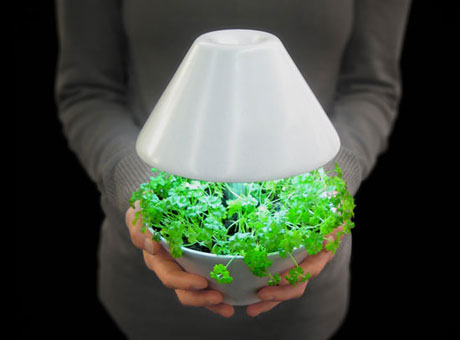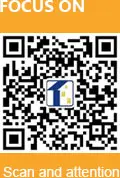

In order to improve product quality and protect the rights and interests of the people, the Taiwan Standards Inspection Bureau has developed CNS 15467-1 "Light Source Control Devices - Part 1: General and Safety Regulations", CNS15467-2-13" in accordance with the IEC International Standards promulgated by the International Electrotechnical Commission. Light source control devices - Part 2-13: Individual regulations for DC or AC electronic control devices for LED modules", CNS15592 "Photobiosafety of light source and light source systems", CNS15603-1 "Lamp performance - Part 1: General "National requirements", CNS15603-2-1 "Lighting performance - Part 2-1: Individual regulations for LED lamps" and CNS15602 "General lighting LED modules - Performance requirements" and other six national standards, on November 15, 2012 Announced.
Of the six standards developed this time, three are related to product safety and three are related to product performance. In terms of safety, CNS15467-1 and CNS15467-2-13 are safety testing standards for control devices for LED modules, and provide testing basis for safety-related items such as insulation, grounding, anti-shock protection, heat resistance and flame resistance; CNS15592 is The light biosafety evaluation standard for LED light sources and lamps provides the basis for detection and evaluation of the degree of damage that infrared (IR), ultraviolet (UV) and blue light may cause to the eyes and skin of the human body. In terms of performance, CNS15602 is the performance evaluation standard for LED modules, while CNS15603-1 and CNS15603-2-1 are performance evaluation standards for LED lamps, respectively for luminous flux, luminous efficiency, light distribution, chromaticity, color rendering in LED modules and lamps. Performance-related projects such as sex, beam maintenance, and lifetime provide the basis for measurement and evaluation.
According to the Taiwan Standards Inspection Bureau, 32 LED lighting standards have been developed, including 3 control devices, 12 lighting-related products, and 17 lighting components and modules, covering the application of the LED industry chain, upstream and downstream. The six standards formulated this time are all harmonized from the IEC international standards, and can be used as the basis for the design, manufacture and testing of LED lighting related products. The effect of leading the industry and international standards will be brought into play, and the quality and safety of LED lighting products will reach international standards. Enhance the international competitiveness of the industry.
As LED technology continues to develop and the industry continues to have demand for standards, the Bureau of Standards and Inspections will continue to grasp international trends and reconcile and formulate LED-related standards in a timely manner.
